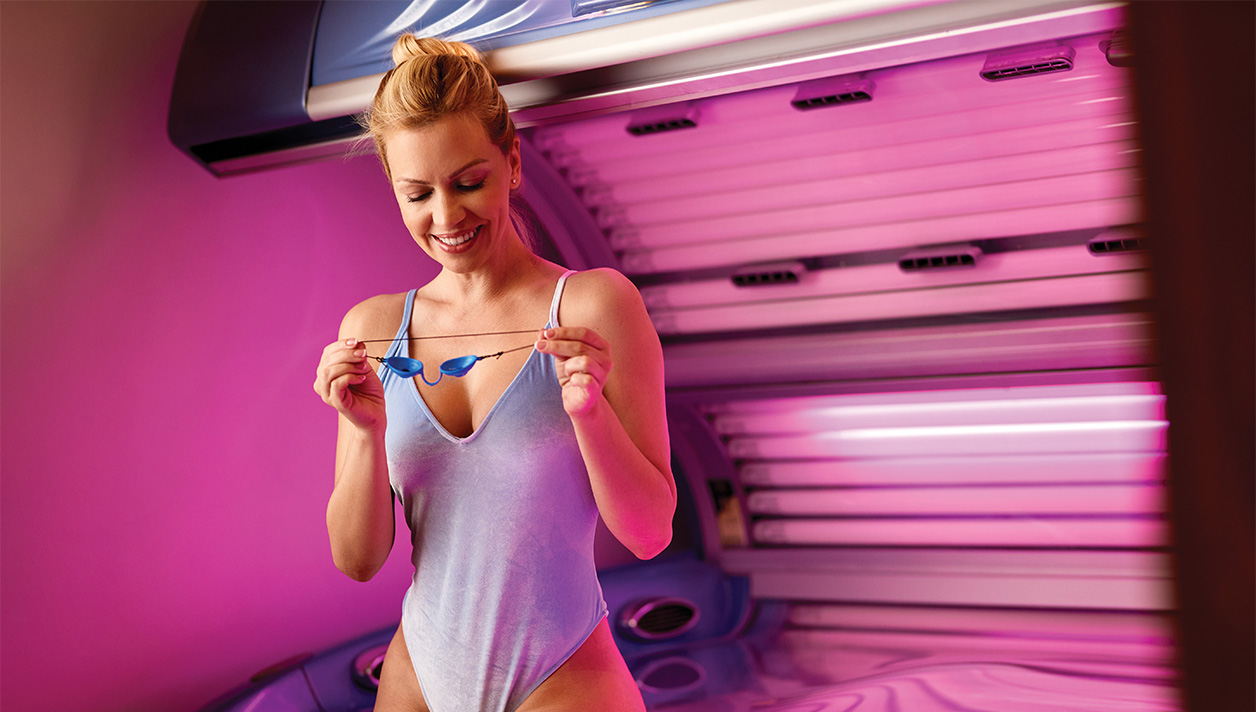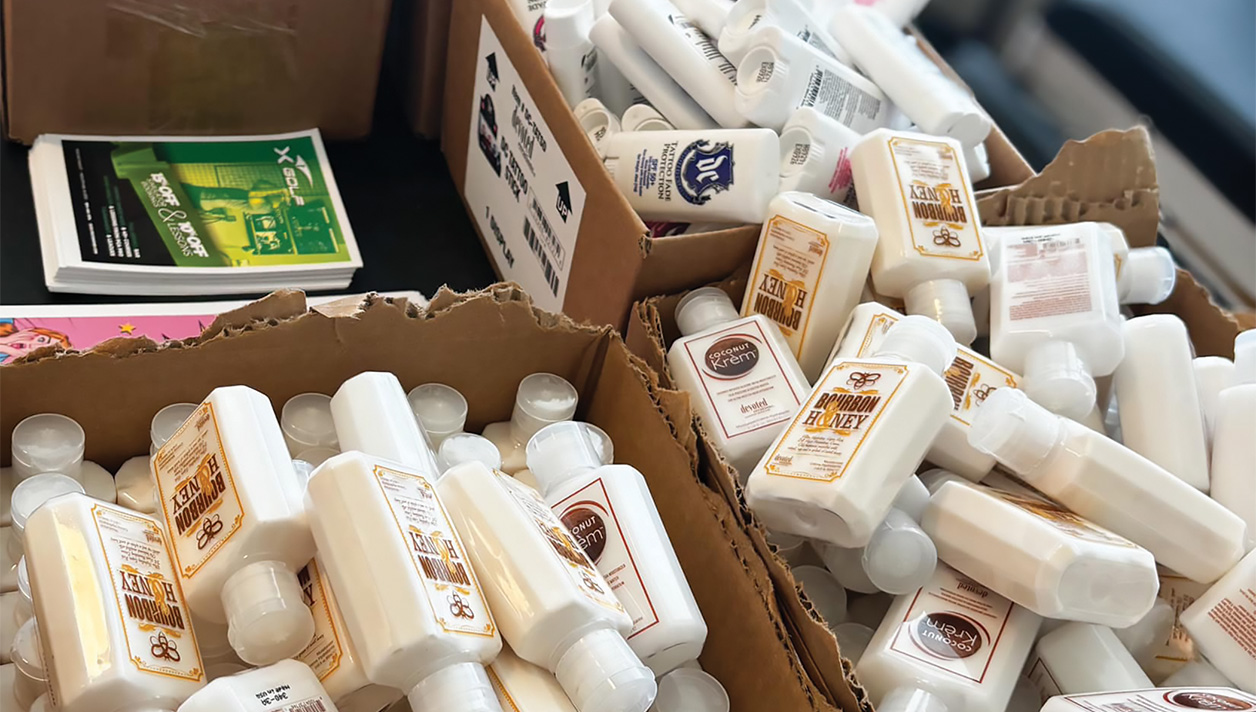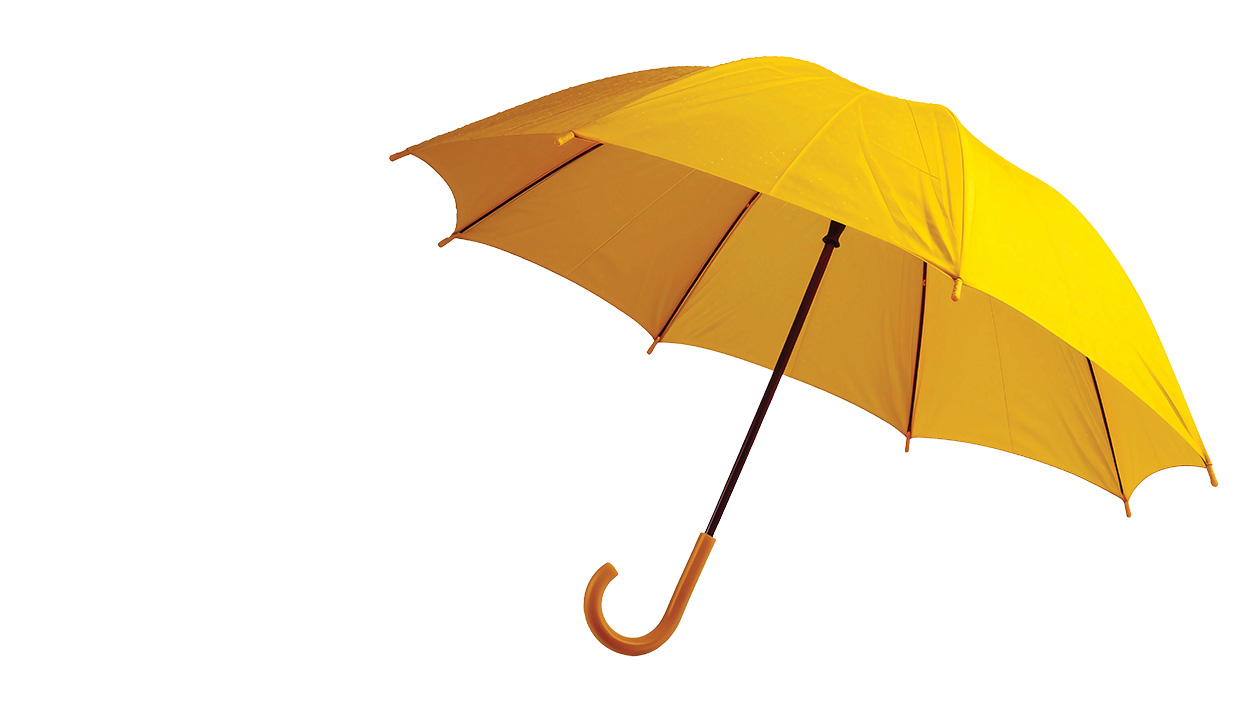Last month, we reviewed the Mayo Clinic study on indoor tanning that was released to coincide with “Melanoma Awareness Month”. As health and TV networks seized the report as the positive link between sunbeds and melanoma, questions about the study remained unanswered.
The authors were asked why the study included no controls set to list each subject’s skin type, why they didn’t mark the distinction between commercial, home or clinical use of UV, why they didn’t list any preexisting melanoma links such as moles or family history of skin cancer, and why they used the curious choice (at least) of a Minnesota county with a population that’s 90 percent Caucasian and has 15 times the number of dermatologists per capita than the average U.S. city. I was told that the answers to these questions could all be found in the study, and that is correct – they did not control for any of those vital criteria. And this is the conclusive link? Hardly.
To counter these & future media reports about indoor tanning, you & your staff must have factual information to share with your current & prospective customers.
However, the media and the anti-tanning groups were not finished with their coverage of our industry. By now, everyone has probably heard of Patricia Krentcil, the “New Jersey Tanning Mom” – the woman who “allegedly” brought her five-year-old daughter into a tanning room with her. Some media sources even claimed that the little girl was in a stand-up tanning system with her mom during the session. The report got traction; however, when photos of the woman were shown, the story went from alleged child abuse to indoor tanning abuse.
In my almost 30 years in this industry, I’ve never seen an indoor tanner with a complexion like hers! Some reports explained that in addition to regular stand-up tanning sessions, Krentcil adds some spray-tan and then uses cosmetic creams to darken her appearance. It wasn’t long after this news circulated that New Jersey and other states dusted off their bills seeking to ban people 18-and-under from tanning indoors. Anti-tanning groups quickly positioned Krentcil as the poster girl for tanning abuse. “Saturday Night Live” jumped on the bandwagon when they spoofed her in their “Weekend Update” skit, and a doll with blond hair and an incredibly orange face was soon on the market. There have also been rumors of a reality TV show for Krentcil. Unbelievable! So, is she the typical indoor tanner, or someone who obviously has some issues?
Later in that same month, the Center for Disease Control released a study announcing that 5.6 percent of U.S. adults had tanned indoors in the last year. Really? Doesn’t that mean that 94.4 percent of U.S. adults did not tan indoors? Further, they stated that the prevalent demographic of indoor tanners was people age 18-21 years (12.3%), 22-25 years (12.3%), and 26-29 years (9.3%). Why not state that people age 18-21 years (87.3%), 22-25 years (87.3%) and 26-29 years (90.7%) overwhelmingly do not tan indoors? They did actually admit that the study had limitations; that the information they obtained relied on self-reporting, that the degree of misreporting in the study cannot be determined, and that the length of exposure for each indoor tanning session and cumulative (total) exposures, could not be assessed. So, they used a person’s memory of their total indoor tanning history and they had no idea whether it was for three minutes, five, ten or more minutes per session. And then report that this study is another conclusive link between sunbeds and melanoma?
This was soon followed by the Skin Cancer Foundation’s claim that four visits to a tanning salon increased a person’s melanoma risk by 11 percent. So now, apparently, just “visiting” a tanning salon can be attributed to developing melanoma. It seemed to me that during Melanoma Awareness Month, the media chose to publish almost any “fact” or statistic reported by a doctor with regard to indoor tanning and skin cancer.
I contacted many of these media outlets (as is my passion) by email and phone and responded with the counter-arguments listed above. A few commented that they would review the info I had submitted, but very few if any will print a correction. However, to counter these and future reports, you and your staff must have factual information to share with your current and prospective tanners.
Where can you go to get the scoop? Factual info that will increase your salon’s level of professionalism can be found in our Sun is Life® Training and Certification program. If you haven’t signed up for Sun is Life training, visit sunislifetraining. com and try a free preview of one of the 25 lessons. I’m sure that you’ll like what you see! The modular program is available online, 24/7and features easy-to-use, easy-to-understand lessons that specifically educate salon staff on what should and should not be said to customers and the public regarding indoor tanning. Perhaps best of all, each Sun is Life training module costs only $9.
Now is the time!


























